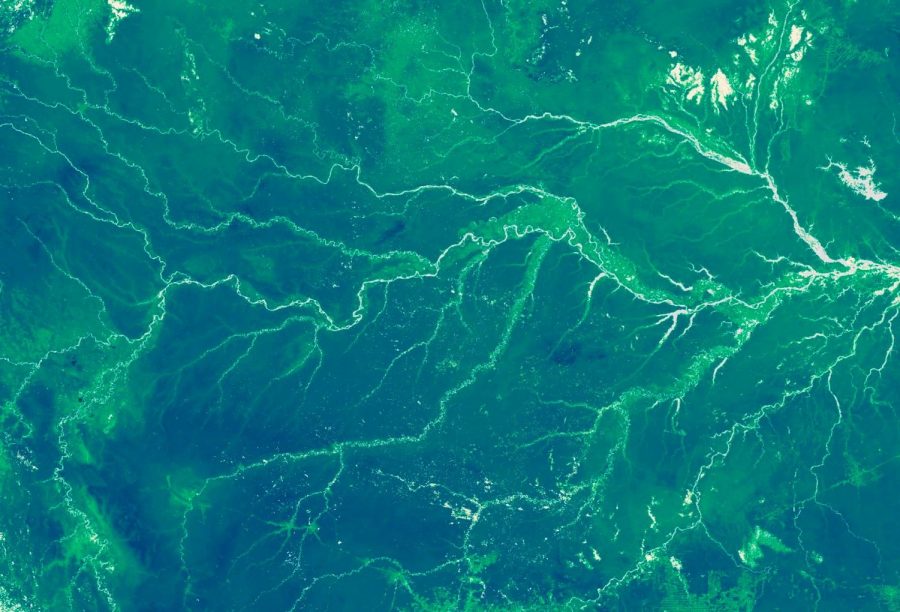Students reflect on international climate change strikes
Apr 15, 2019
Last year, Swedish teenager Greta Thunberg began capturing the attention of the world when she elected to skip school every Friday in order to sit outside the Swedish Parliament building until her nation’s government did more to acknowledge climate change and become in accordance with the Paris Agreement.
A few short months later, the sixteen-year-old schoolgirl has become the head of an international movement to stop climate change and protect Earth. On March 15, schoolchildren in over 100 countries went on strike from school to demand change.
Around the same time that Thunberg was sitting outside Parliament with signs that read things like “Skolstrejk for Klimaten” (school strike for the climate), geography professor Elena Liobimtseva was beginning the Climate Change Education Solution Network (CCES) — a coalition of Grand Valley State University faculty, students and area K-12 teachers who work together to increase awareness about climate change.
After receiving grants from the College of Liberal Arts and Sciences and GVSU’s Regional Math and Science Center, CCES hosted workshops and met with teachers to discuss how to address the topic of climate change in the classroom.
“Climate change is a complex issue requiring interdisciplinary solutions,” Liobimtseva said. “This is why it should be to be addressed not only in environmental science courses but also in social studies, language, math, arts.”
In regards to the international protests by schoolchildren, GVSU geography student Meghan Nash said that she was “very surprised at how many young students skipped class to protest.
“In one way, I think it really shows the elected officials that this issue is important to today’s younger generations and really helps to put pressure on the governments for change. But on the other hand, the entire situation of schoolchildren having to hold marches and whatnot in order to get real environmental change is disappointing. It makes me feel ashamed of our current world leaders, as they are not considering the future and the future effects of their actions as much as they should.”
While this movement has been largely led by schoolchildren in grades K-12, Nash said she feels universities hold a certain responsibility in educating young adults on the issue. She suggested classes that would offer students practical suggestions on how to lead a “more climate friendly lifestyle” or that would explain how much the climate has been affected.
Nursing student Kaleigh Pikulas said she believed that while education on climate change is important, it should not necessarily be the job of universities to implement it.
“I think education on climate change is very important, but it’s also a controversial issue,” Pikulas said. “So if the university does choose to educate others about climate change, they need to be very careful. But I also believe that climate change is more of a ‘learn on your own’ type of subject and not one to be brought up in school, because again, it’s very controversial and political.”
In 2018, GVSU was named a top performer by the Association for the Advancement of Sustainability in Higher Education for limiting waste production. The award recognized the university’s desire to limit their impact on climate change.
“I think GVSU has done a pretty swell job of being eco-friendly thus far,” Nash said. “Ideas that the university could implement for future action against climate change would be to update older buildings and to only use lights when needed.”
Pikulas suggested better recycling practices in residence halls.
“GVSU leaves the blue recycling buckets in our dorms, but I had a good laugh when I found out that what can be recycled from our room has to be 100 percent cardboard,” Pikulas said. “They definitely need to change that into an ‘all materials’ type recycling.”


























